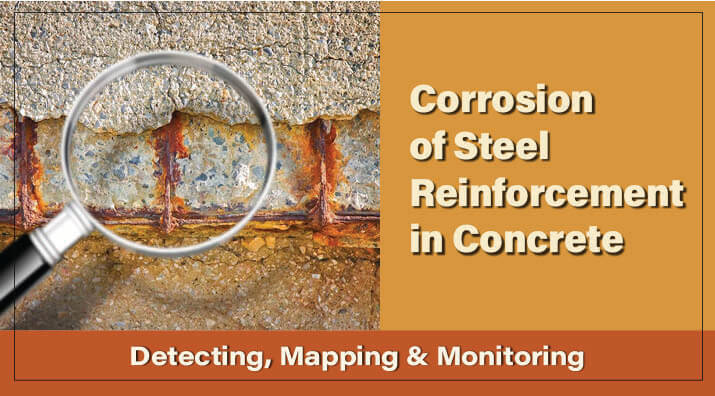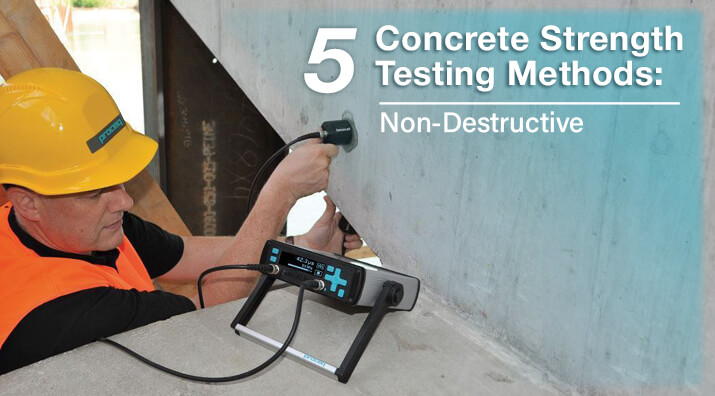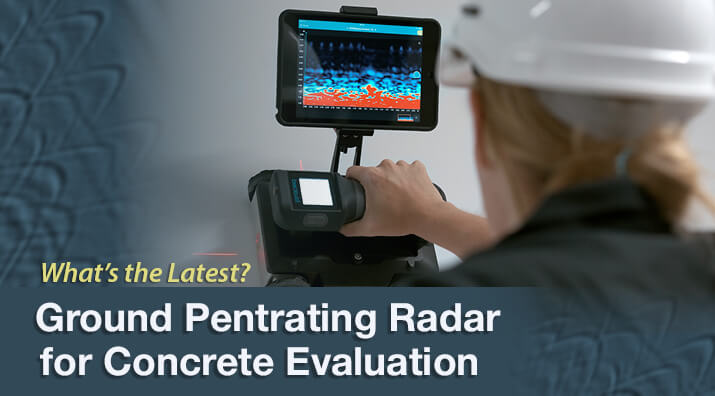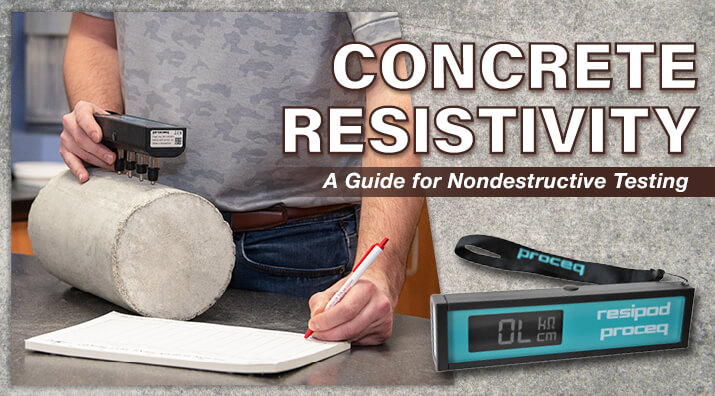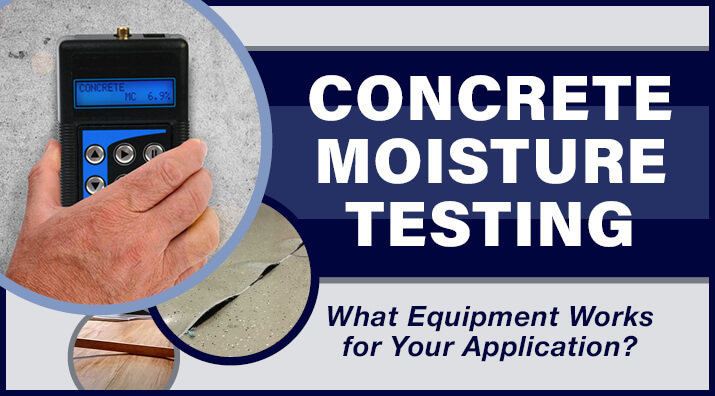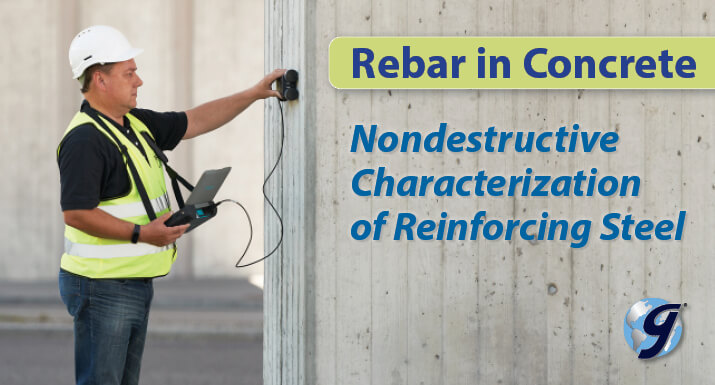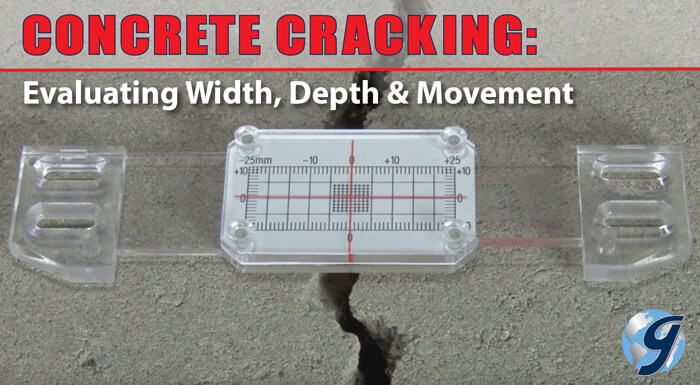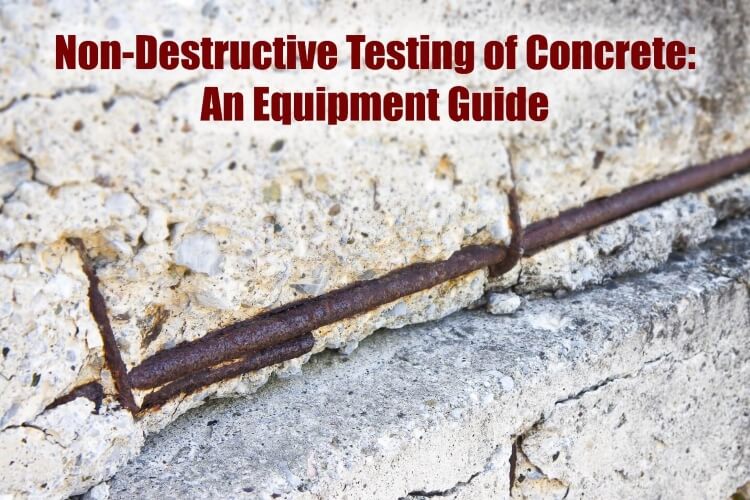The corrosion of reinforcing steel is a significant and preventable problem that shortens the useful lifespan of concrete structures. The mechanisms for its development and how it eventually damages the concrete structures it was designed to protect have been well-known for over 100 years. Similar to progressive disease, early detection and monitoring are the most effective strategies to minimize problems. Fortunately, innovative nondestructive instruments are making it easier and more efficient to find, follow, and repair corrosion before extensive damage occurs.
- Log in
- Favorites List
-
Shopping Cart
You have no items in your shopping cart.
- Gilson Chat
Blog posts tagged with 'Non-destructive Testing of Concrete'
Have questions about your materials testing equipment? We have the answers to these questions and much more right here! Check back monthly for long-form blog posts, how-to guides and infographics. We’ll address industry insights, the operation and maintenance of specific equipment, and our product line recommendations, all designed to better serve you.
Bookmark this page, add it to your RSS reader, or subscribe to our newsletter, so you never miss a hot topic.
Testing the properties of hardened concrete is central to evaluating a structure, whether it is decades old or still under construction. In-place testing of concrete is a significant part of assessing an existing structure's safety and physical condition for routine maintenance before modifications. This blog post will discuss in-place and nondestructive methods and equipment to measure concrete strength.
Ground Penetrating Radar (GPR) is a powerful tool for the nondestructive testing and evaluation of reinforced concrete. Next-generation refinements featured on these versatile new models from Gilson simplify the location and mapping of reinforcing steel bars, tendons, and other embedments while assessing homogeneity, measuring thickness, and detecting cracks, voids, and other discontinuities. GPR units connect wirelessly to Apple iPad® tablets for potent computing power, live 3D and Augmented Reality (AR) rendering, high-resolution display, and fast, easy upgrades. Encrypted Wi-Fi connection stores data in the cloud for instant sharing and collaboration.
This blog post provides insight into test methods and testing equipment for use in concrete resistivity testing. We discuss the use of the Proceq Resipod Concrete Resistivity Meter for surface resistivity and how to perform bulk resistivity.
The amount, type, location, and movement of moisture in a concrete slab need to be clearly understood to avoid problems when placing a flooring system over it. In this blog, we take a look at the various methods and equipment to use for testing concrete for moisture.
Advances in technology continue to refine concrete cover meters and rebar locators, which have been around for decades and used to locate and identify concrete reinforcing steel accurately. They are integral to nondestructive evaluations of reinforced concrete structures and pavements to prevent damage to the reinforcing steel within the structure when drilling or cutting reinforced concrete. This blog post explores the features and capabilities of some of these popular instruments.
Cracks in concrete are so common that they're practically inevitable. The good news is, not all of them are bad. The bad news is, sometimes it's hard to tell the difference. In this blog post, we will discuss how best to measure and monitor cracks and select the best equipment for the job.
With so many non-destructive testing methods to choose from, how do you know which method and equipment is right for you? This blog post will outline the importance of non-destructive testing of concrete, top methods, when you should use them, and what equipment you need.
- 2024
- 2023
- 2022
- 2021
- 2020
- 2019
- 2018
- 2017
- 2016
- 2015















